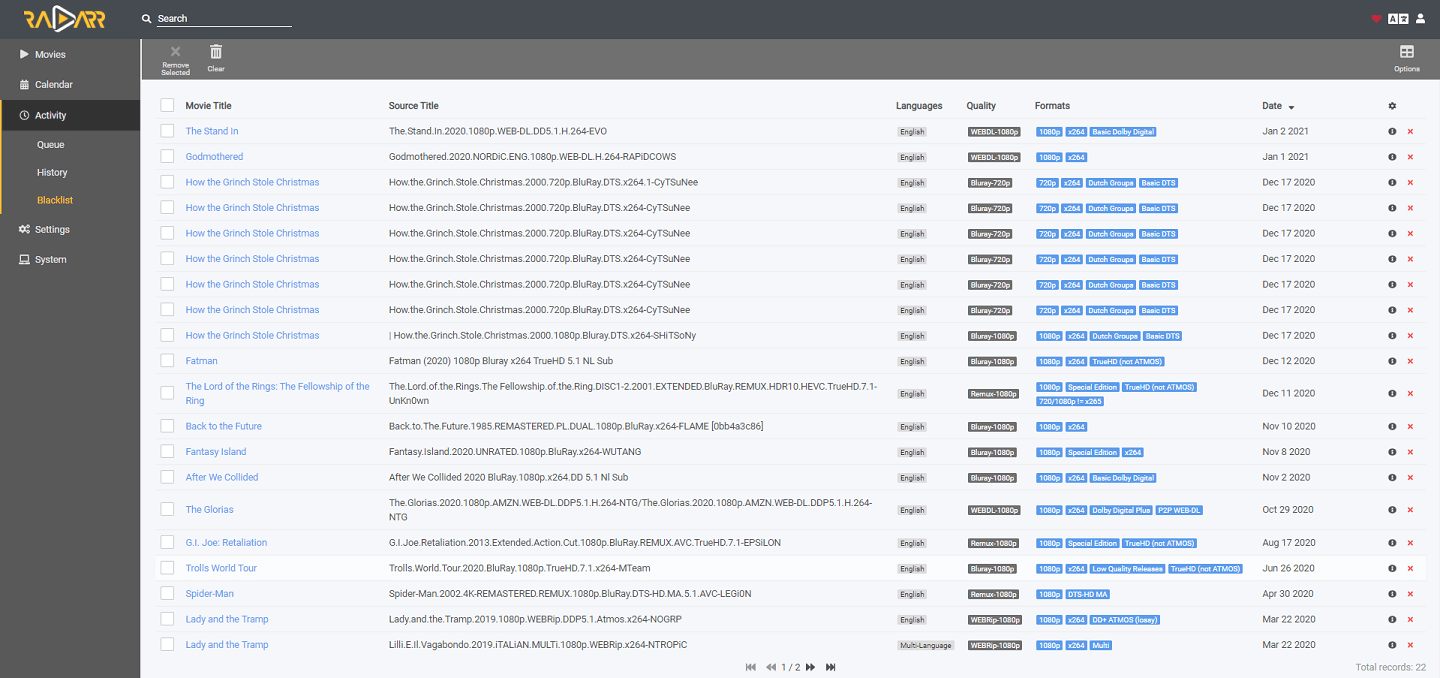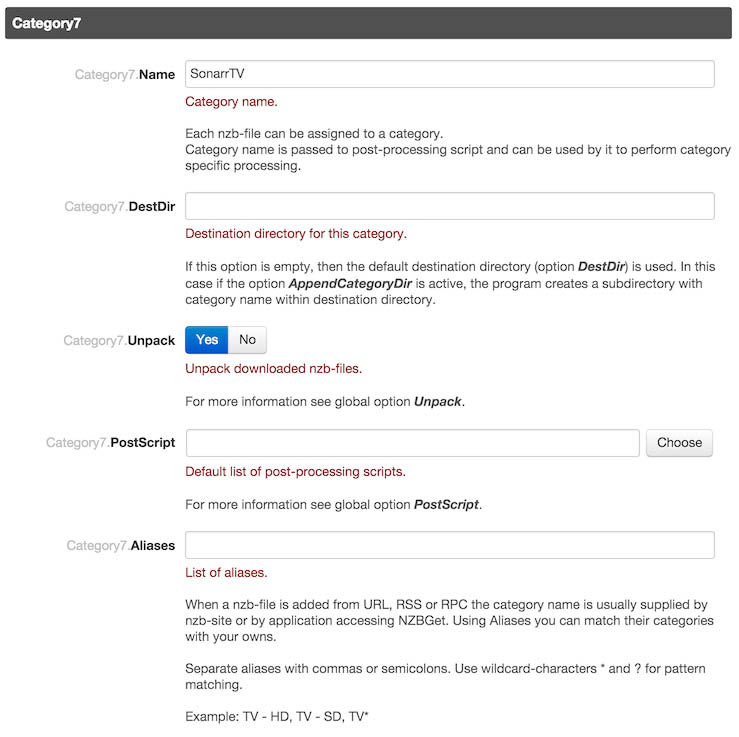

- #INSTALL SONARR ON QNAP HOW TO#
- #INSTALL SONARR ON QNAP APK#
- #INSTALL SONARR ON QNAP INSTALL#
- #INSTALL SONARR ON QNAP FULL#
portainer, or in our case docker Compose that will in essence claim docker actions for the apps we’ll specify later on.The -v and -w options specifies the temporary host and internal dirs respectively to store and access data. It tells the container to use the unix socket of the docker daemon,something we include in containers that need to do stuff with the docker daemon of our host like monitor/manage docker containers e.g. With this alias every time we execute the command docker-compose a container with the specific options will be run. v /var/run/docker.sock:/var/run/docker.sock \ The shell used by Alpine is ash.We will create an alias specific to the user dockeras by creating a file and adding the following lines in /home/dockeras/ directory: nano ~/.profile echo alias docker-compose="'"'docker run -rm \

Additionaly we use the –rm option which removes the container after running it or else we’ll end up with needless docker containers each time we execute the command. This can become tedious so we will create an alias to make Compose execution similar to the normal installation method. Test that it is working: docker run -rm docker/compose:1.23.2 -vĪs you can see we executed docker Compose using a docker command.
#INSTALL SONARR ON QNAP INSTALL#
On Alpine there is no package for docker Compose and following the official guide for installing on Linux will not work.So we will install docker Compose as a docker container.ĭownload the script: sudo curl -L -fail -o /usr/local/bin/docker-compose
#INSTALL SONARR ON QNAP APK#
Per Ponyo Dogg’s comment the package is now included on Alpine so we can just run: apk add docker-compose Test that it is working: docker-compose -v Install Docker Compose on Alpine The script is downloaded in /usr/local/bin/ and we need to make it executable: sudo chmod +x /usr/local/bin/docker-compose Substitute 1.23.2 with the current Compose version, check latest version here and skip the RC versions. In debian installation is straighforward.Download the script: sudo curl -L "$(uname -s)-$(uname -m)" -o /usr/local/bin/docker-compose The whole process involves installing docker Compose and creating a yaml file that contains the parameters of the containers.
#INSTALL SONARR ON QNAP HOW TO#
nano apps.Continuing from how to install sonarr radarr and jacket with docker, we’ll see how to combine the three services into a docker stack.With docker Compose we will be able to update the docker images and run the respective containers with a single command. conf-file or edit the existing file using your favourite shell text-editor, e.g.
#INSTALL SONARR ON QNAP FULL#
For the sake of full disclosure, I will assume you didn’t. If you’ve followed the steps on the previous page, this part will be easy. How to Set Up a Nginx Reverse Proxy for Sonarr and/or Radarr Sonarr will now prefix every request to both ports with the provided Base-URL so we can make it work with a Reverse Proxy. The default ‘ SSL Port Number‘ isn’t relevant as Sonarr/Radarr will be listening on both ports.If you haven’t already, change the ‘ URL Base‘ to ‘ /sonarr‘.In Sonarr/Radarr, go to Settings > General and click on the toggle next to ‘ Advanced Settings‘ so it says ‘ Shown‘.Configuring Sonarr/Radarr to use Let’s Encrypt SSL (HTTPS)


 0 kommentar(er)
0 kommentar(er)
